Engineers survey lost Hull WW1 trawler Viola
- Published
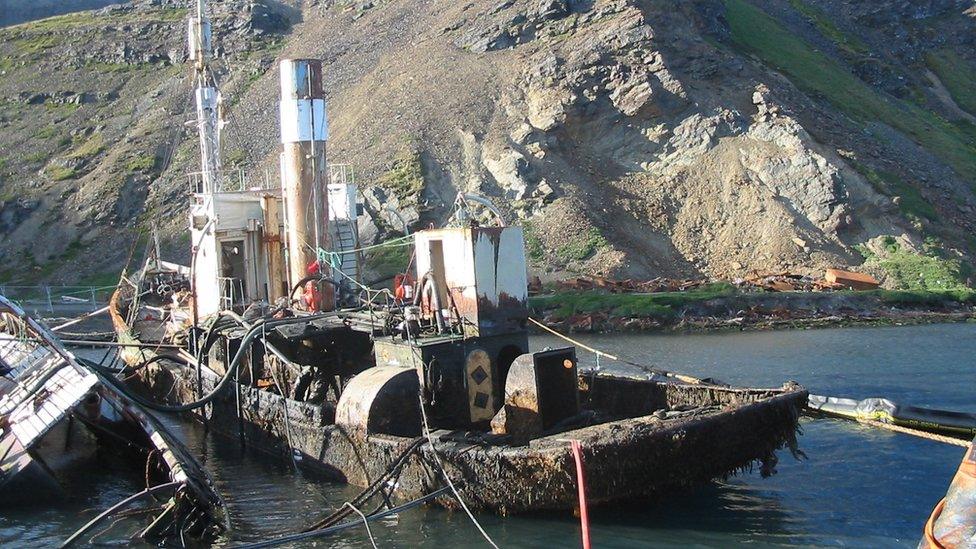
The Viola - also known as the Dias - has been rusting in South Georgia for decades
Engineers are flying to the South Atlantic in a fresh push to bring a rusting World War One trawler back to England.
The Viola has been rusting on the island of South Georgia for decades.
If the vessel can be brought back by spring, it could form part of a maritime heritage legacy trail for Hull City of Culture.
Marine engineer Ros Spink, however, said breeding seals nearby were "a consideration".

Ros Spink, a naval architect who specialises in salvage and wreck removal, said hundreds of breeding seals on the beach were a "consideration" but would not hamper the survey
After the war, the Viola was a whaler, seal-catcher and support vessel for scientific expeditions but has since been rusting 7,750 miles away in South Georgia.
In 1982 it was one of the vessels targeted by Argentine scrap metal merchants in the landing that sparked the Falklands War.
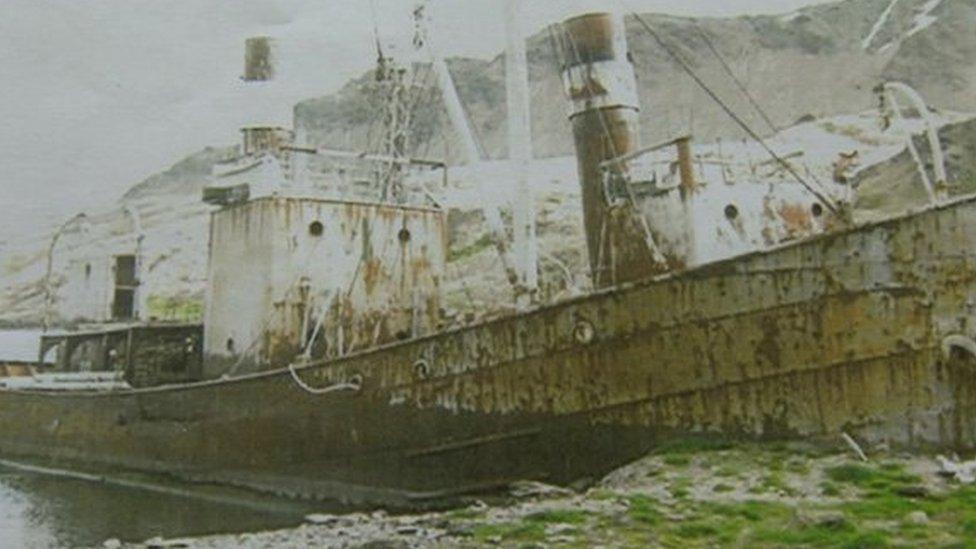
Thought to be the oldest surviving steam trawler. after the war the Viola worked as a whaler, seal-catcher and scientific support vessel

The Viola (also known as the Dias)
•Built in Beverley in 1906
•Thought to be the oldest surviving steam trawler
•Requisitioned by the Admiralty to sail to war from Hull in September 1914 with a crew of local fishermen
•Hunted U-boats and swept for mines
•After the war, was a seal-catcher and scientific support vessel
•In South Georgia since 1927
•Mothballed in the 1960s
•Targeted by Argentine scrap metal merchants in the landing that sparked the Falklands War in 1982

Ms Spink and John Simpson from Solis Marine Consultants will determine whether the ship can be made strong enough to be transported to the Humber in January or February.
"The Viola is sitting in a trench so we need to see if she can be re-floated and lifted in a cradle," Ms Spink said.
"An operation in 2004 removed the oil from the ship but there are other environmental considerations."
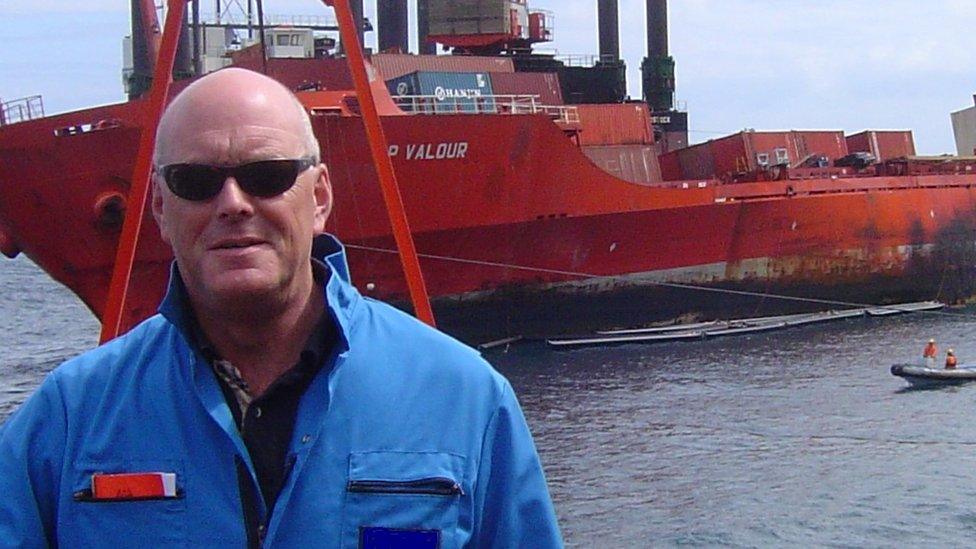
Marine engineer John Simpson from Solis Marine Consultants will survey the ship with Ros Spink
Breeding seals were "a consideration" but unlikely to hamper the survey, Ms Spink said.
"Hundreds of seals come ashore in summer to have pups and apparently can be quite aggressive defending their young. They could be on the jetty alongside the vessel," she said.
"We can't fence off the area, we don't want to disturb or distress them, we just have to give way and keep our distance until they lose interest."
Paul Escreet, chairman of the Viola Trust, said £3m would pay for the survey, another trip to South Georgia to carry out repair work, hire of a cargo ship and crew for transportation, fuel and restoration.
If restored, the ship may join the Spurn Lightship and Arctic Corsair in a trail of Hull's maritime heritage.
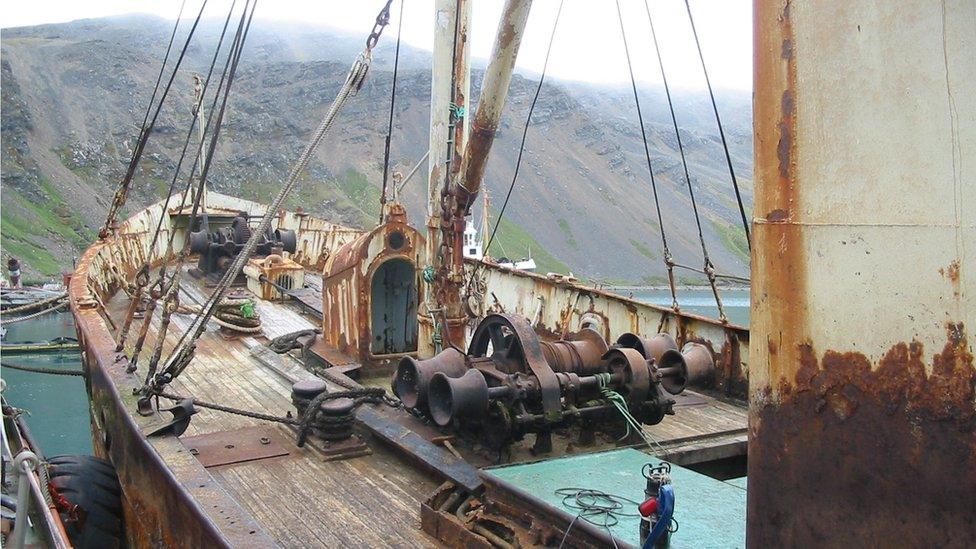
If the ship can be moved and funding is in place, the Viola could be transported to the Humber in January or February, a voyage of about 20 days

The Viola and its Hull crew served as a submarine and mine hunter during World War One
- Published11 May 2016
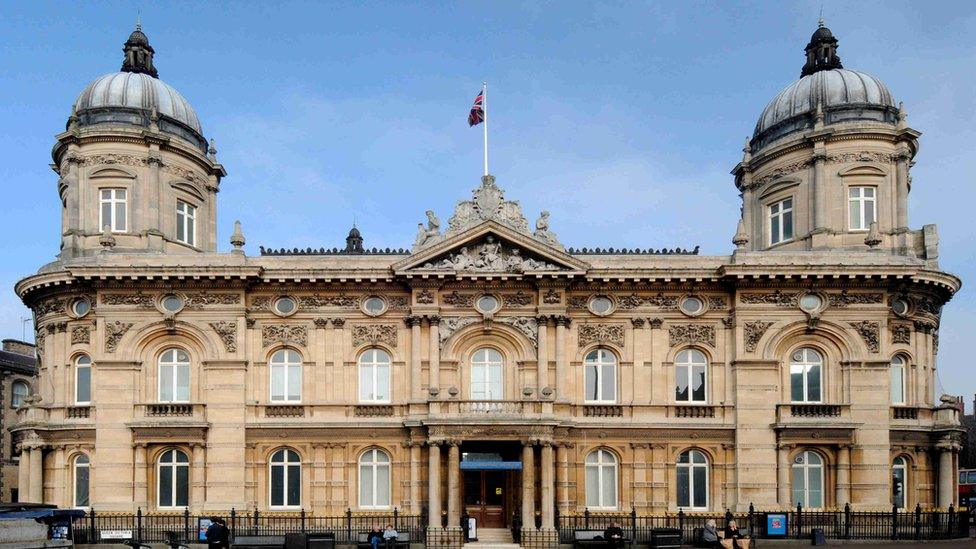
- Published2 July 2015

- Published4 November 2014
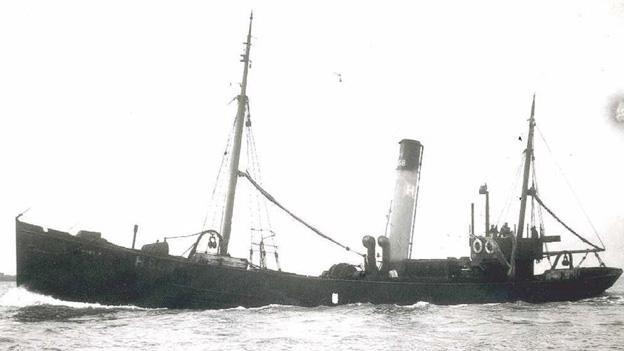
- Published2 May 2013
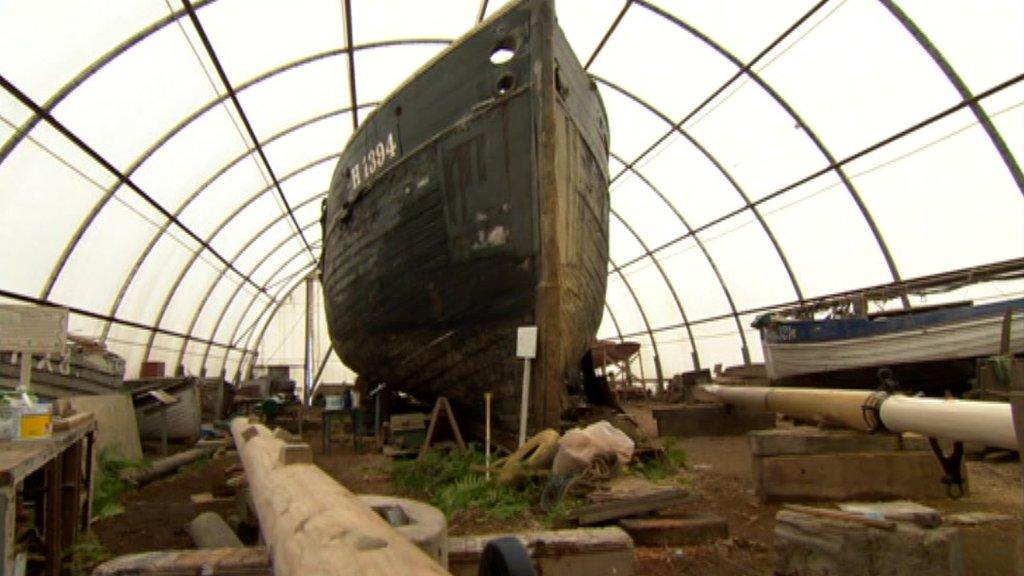
- Published31 March 2011